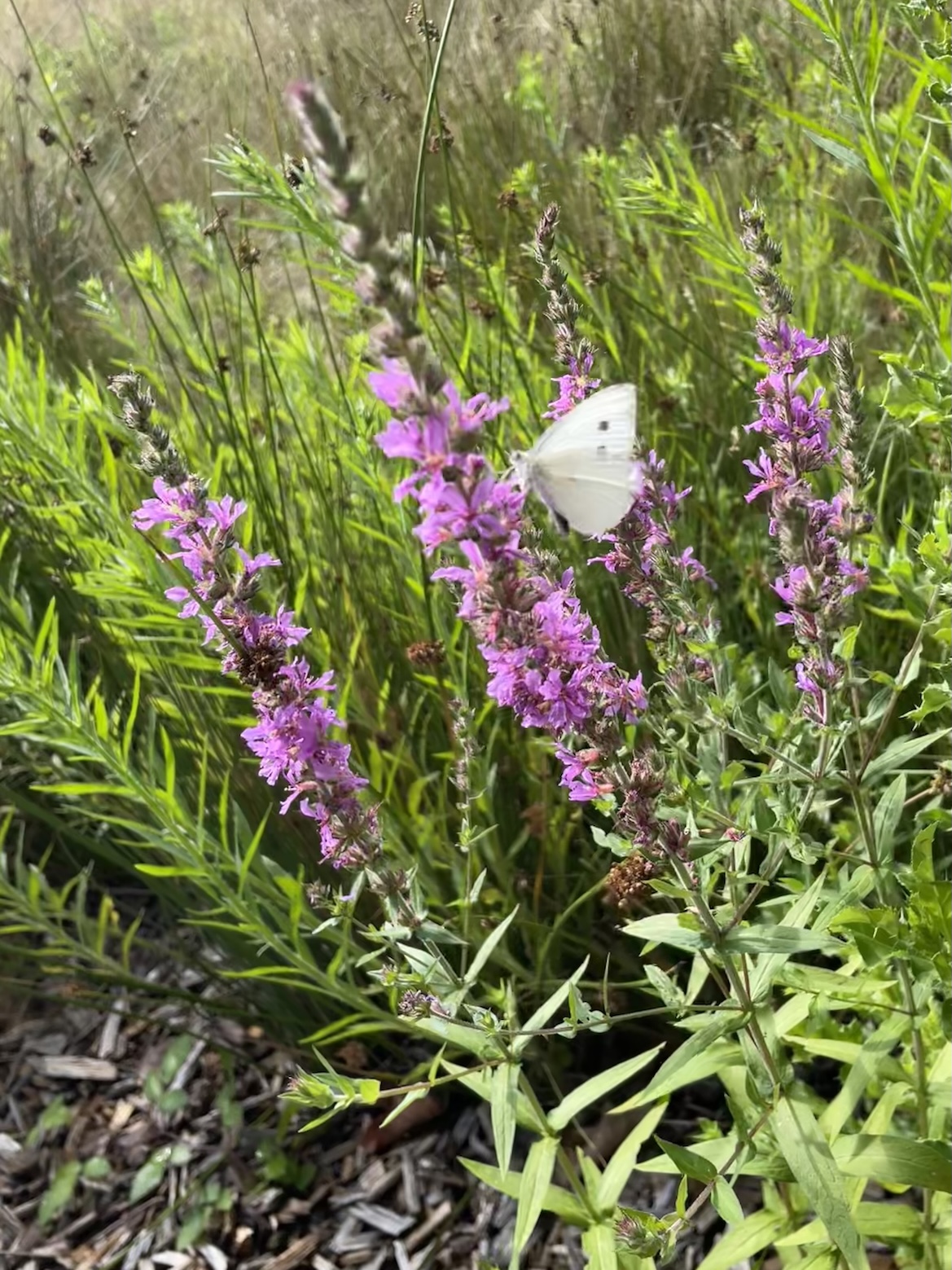The large white butterfly (Pieris brassicae), sometimes called the “cabbage white,” is a common and widespread butterfly found across Europe, Asia, and parts of North Africa. It is easily recognised by its creamy-white wings with bold black tips on the forewings and, in females, two distinct black spots. Its wingspan ranges from 50 to 70 mm, making it one of the larger members of the Pieridae family.
The species’ preferred food plants are members of the Brassicaceae family, such as cabbages, broccoli, kale, and mustard. Adult butterflies feed on nectar from a variety of flowers, while the greenish-yellow caterpillars feed voraciously on the leaves of host plants, often causing significant damage to crops. This has made the large white both an admired garden visitor and a notorious agricultural pest.
In terms of behaviour, the large white is a strong and determined flyer, capable of travelling long distances. It often lays its eggs in clusters on the undersides of leaves, ensuring the emerging caterpillars have an immediate food source.
The lifespan varies: adults typically live for two to three weeks, but the entire life cycle—from egg to butterfly—takes about a month in warm conditions. There are usually two to three generations per year.
Culturally, the large white has appeared in art and literature as a symbol of summer and transformation, though farmers have less romantic associations due to its crop-eating larvae. An interesting fact is that the caterpillars store mustard oils from their host plants, making them distasteful to predators—an effective natural defence.

